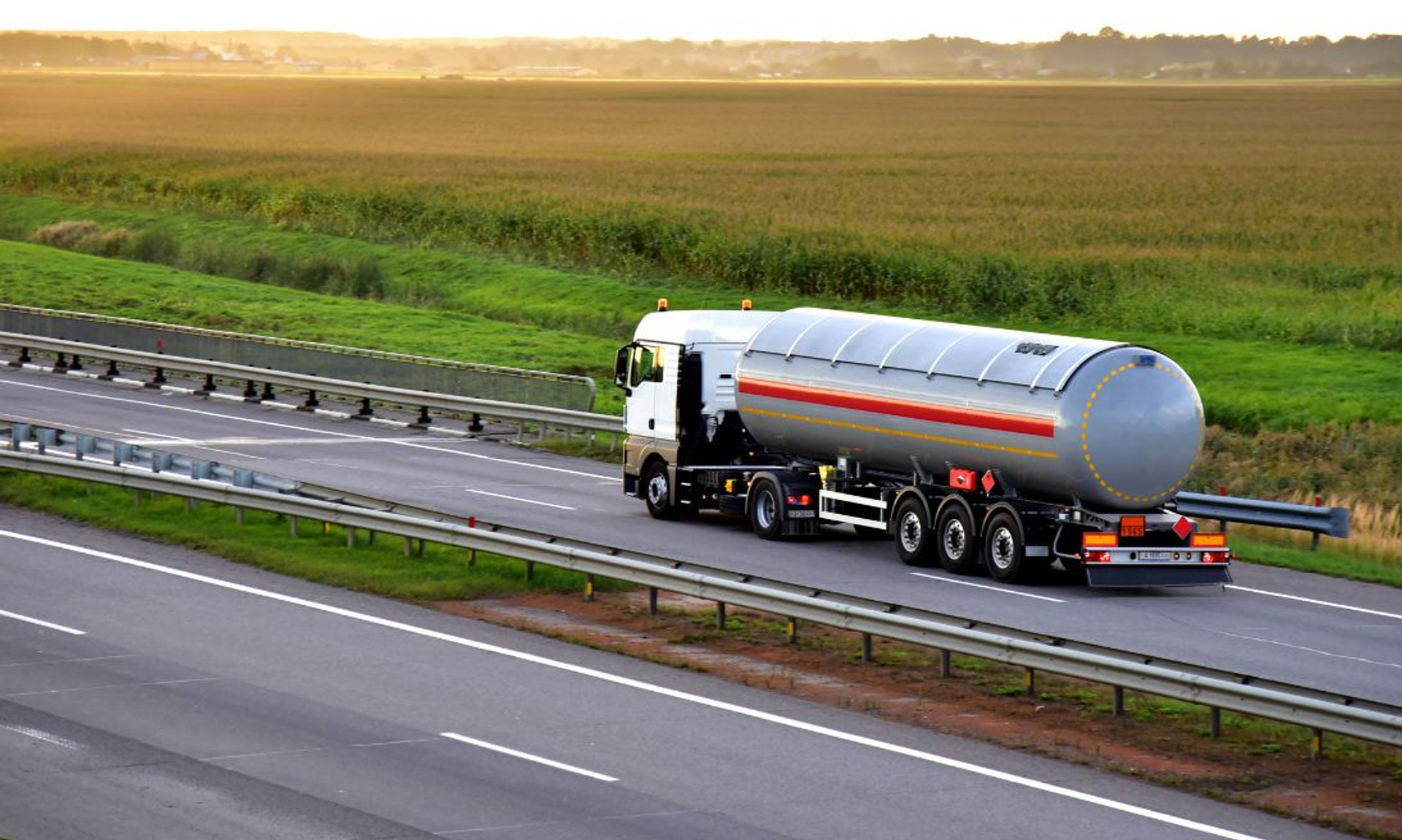Specialty Gas Supply Chain: From Production to Delivery
Precision, quality, and expertise are crucial for the specialty gas supply chain. Ensuring the product arrives safely at its destination is of utmost importance to businesses that rely on these gases for operations.
To help you understand the various stages of the specialty gas supply chain, we’ve broken it down into four key sections, starting with production and ending with delivery. We hope to give you a good idea of how the process for your gas supply equipment works.
Production: The Birth of Specialty Gases
Production is the first step in the specialty gas supply chain. In this stage, we source raw materials from natural gas or crude oil and convert them into various high-purity gases through a series of chemical reactions and physical processes.
These processes require specialized equipment, such as reactors and separators, as well as strict quality control measures to ensure the end product meets the industry’s purity levels. A clean specialty gas minimizes contaminants and potential hazards during purification and filling.
Purification: Ensuring the Highest Quality Gases
After producing the specialty gases, we must purify them so they meet the stringent quality standards required by industrial processes and laboratory work. Purification often involves gas chromatography, cryogenic separation, distillation, filtration, or adsorption.
Whichever processes are necessary, we configure and maintain the gas supply equipment to remove impurities. Regular monitoring of the equipment’s performance is essential to maintain the highest quality in the final product.
Cylinder Filling: Preparing Specialty Gases for Transport
Next, we transfer the specialty gases into durable, high-pressure cylinders. This stage requires extreme attention to detail and a thorough understanding of hazardous material management.
Before filling the cylinders with specialty gases, we prep and test the cylinders. This involves cleaning and drying the interior of the cylinder to guarantee the containment of the gas and minimize contamination risks.
During the filling process, we use specialized gear to control and monitor the amount of specialty gas entering the cylinder. To ensure the highest safety and quality standards for our gas supply equipment, the workers filling the cylinders must adhere to government regulations and industry best practices.
Delivery: Getting Specialty Gases to Their Destinations
The final step in the supply chain is shipping the specialty gases to their destination. Specialty gases must be secure in transit to prevent damage, leaks, or mishandling. The delivery process is no less critical than production; it requires attention to detail, the use of containment equipment and storage, and strict adherence to safety regulations.

